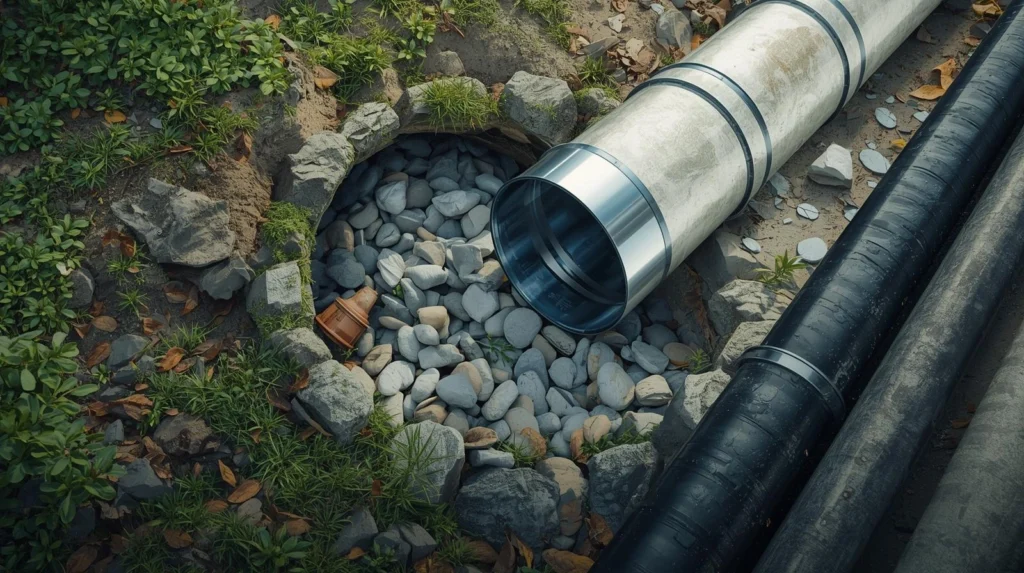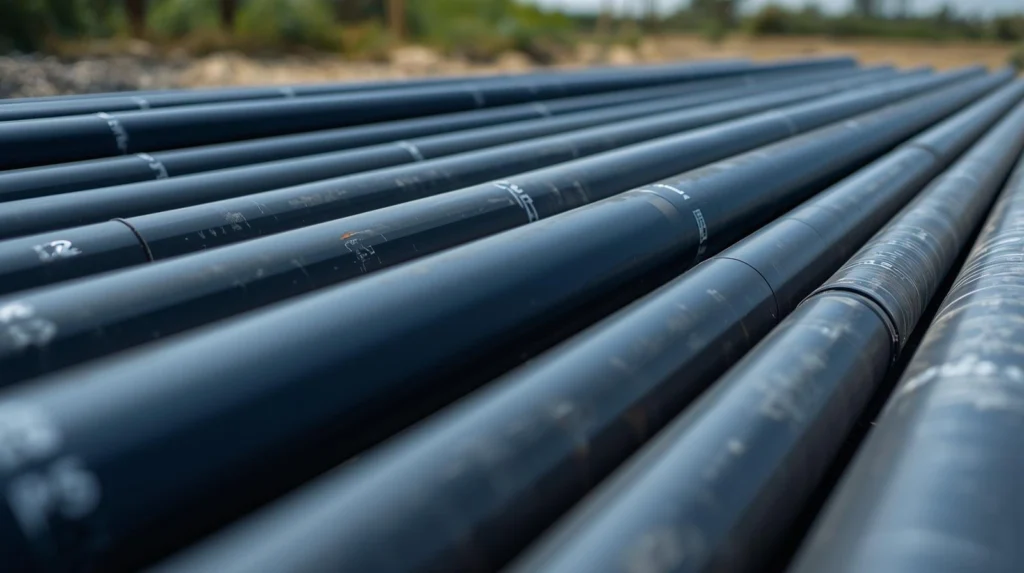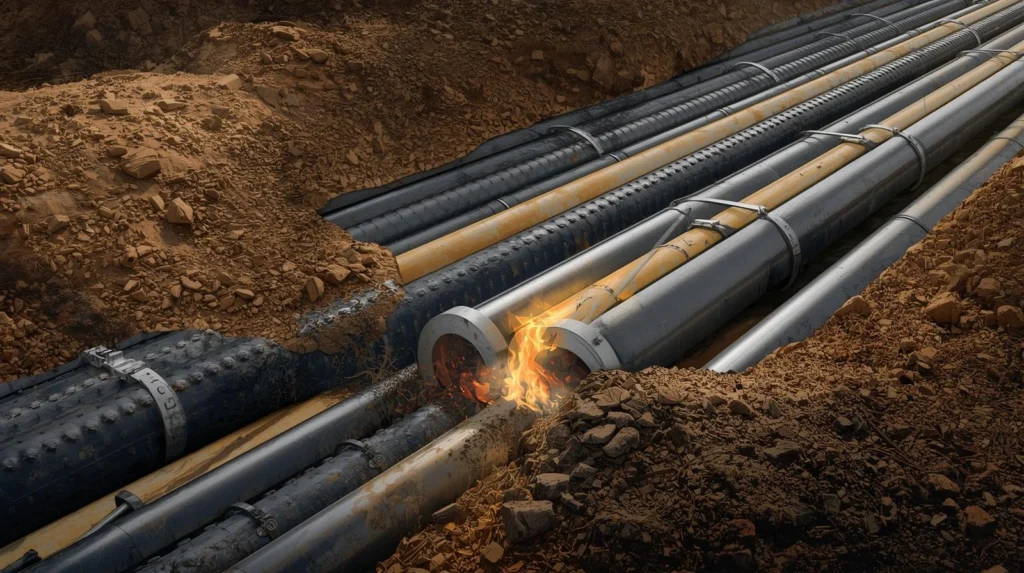How HDPE Pipes Are Reducing Water Loss in Pakistan’s Distribution Systems
Did you know that Pakistan loses up to 40% of its water supply due to outdated and inefficient distribution systems? In a country where water scarcity is a growing concern, the need to reduce water loss is more pressing than ever. While the challenges are significant, one of the most effective solutions emerging in recent […]
How HDPE Pipes Are Reducing Water Loss in Pakistan’s Distribution Systems Read More »









